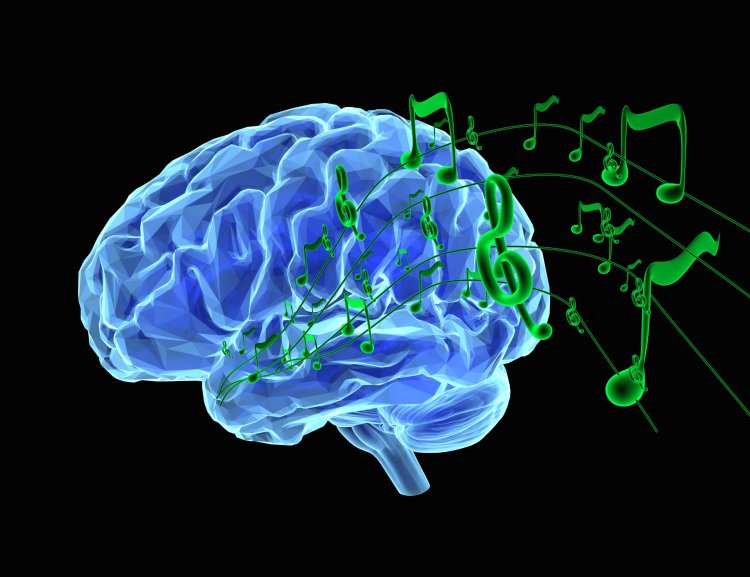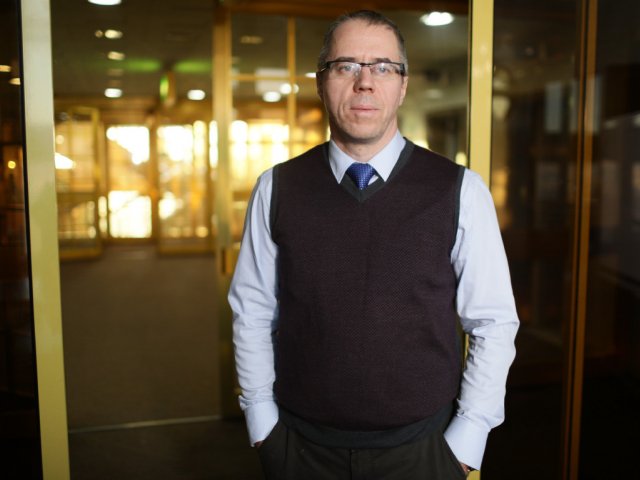Historians have not found out when the first music appeared, nor what became its primary source: nature, like the rustling of leaves or the sound of rain, or melodically stretched human speech. Although it is known for sure that musical culture is dozens of thousands of years old: in mid-2008, in a cave in southwestern Germany, in a layer that is about forty thousand years old, an ancient flute made of the bone of a griffon vulture was discovered – this is a large bird of prey in the Accipitridae family and Gyps genus.
So, music is an ancient art, even if it was relatively primitive for a long time. But recording it on various media, as well as other sounds, began quite recently – 165 years ago when in 1857 the French book dealer Édouard-Léon Scott de Martinville patented the phonautograph – the world’s first device that recorded sounds. Read about the first steps of mankind in recording sounds – mechanical recording devices in this Scientific Russia article.
Martinville’s Phonautograph
One can listen today to the very first audio recording: the inventor of the phonautograph Édouard-Léon Scott de Martinville singing the French folk song Au clair de la lune.
This recording was reproduced only in 2008 – when the librarian inventor was creating the device, he hardly thought that the lines scratched on paper with a needle could be listened to. The phonautograph was not designed to play sounds: only to record them on paper. Through an acoustic cone, the sound was transmitted to a vibrating membrane connected to a needle. The vibrations caused the needle to touch the surface of a glass cylinder covered with blackened paper, and visually display sound vibrations. The cylinder was rotated manually.
It was a sooty piece of paper that was translated into a sound format using a computer. In practice, the phonautograph was never in use, although it became the prototype of the first devices that both recorded and reproduced sound – the phonograph and the gramophone.
Edison’s Phonograph
The phonograph, a device for recording and reproducing sounds, made a revolution in technology and brought Thomas Edison global fame. The principle of operation of the phonograph is based on the principle of the phonautograph: the horn picks up the sound, transmits it to the vibrating membrane, and through it to the needle. But unlike the phonautograph, the needle did not draw on paper. As the first carrier, Edison used tinfoil on the cylinder, in which the needle pressed furrows. Turning around its axis, the cylinder simultaneously shifted to the side so that the sound was recorded in a spiral.
The sound was reproduced on the same device – passing through the furrows that were formed during recording, the needle transmitted vibrations to the membrane, the sound from which was amplified by a horn. There was not enough mechanical energy to reproduce loud sounds, the first foil carriers wore out after just a few replays, and it was impossible to copy them. Later, foil carriers were replaced by wax cylinders – they were more durable, and later enhanced devices could record several identical cylinders at the same time.
Despite its drawbacks, the phonograph was the first device that allowed recording and reproducing speech. They were often used as dictation machines: for example, in offices, texts were recorded with phonographs, and later deciphered and printed.
Berliner’s Gramophone
The gramophone marked a new step in recording and reproducing sound. In 1888, the German-American inventor Emile Berliner began recording sounds not on cylindrical carriers, but disc records. This invention is still popular today.
The discs seriously outperformed the cylinders that had been used before – they could be stamped, and the production seam ran along the edge of the disc without interfering with playback. The basic principle remained the same – a horn, a membrane, a needle. The first carriers also partly corresponded to earlier inventions – discs were made of glass and covered with soot. But this approach quickly gave way to another solution – Berliner began to record sounds on a zinc disc covered with wax. The recording was applied with an iridium tip, the plate was etched with acid and a sample was obtained that could be copied.
The world’s first disc record is now stored in the National Museum of American History: it is a celluloid disc that was used to copy recordings for almost 10 years, until 1897. Then ebonite came to replace it, and later shellac. The ability to copy recordings, better and louder sound, gave gramophones a decisive advantage over the phonograph.
The large and inconvenient horn remained an issue. In 1913, a smaller version of the gramophone appeared, which is known as the Pathephone. The name came from the Pathé company, where Guillon Kemmler worked, who suggested hiding the horn in a suitcase. The device turned out to be more convenient and mobile and gained popularity during World War I.
The first discs for Pathephones and gramophones had enough space for 2-3 minutes of recording. Later, five-minute recordings appeared on 12-inch discs. This is due to the quality of the discs – it was impossible to cut narrower furrows on shellac. Long recordings, up to half an hour, began to be released after the appearance of vinyl records, which were played on electric record players that replaced gramophones in the post-war years.
In our next articles, we will talk about how sound recording developed with the help of electricity, magnetic, and laser technologies.
Based on open sources
Photo: tagota / ru.123rf.com






















